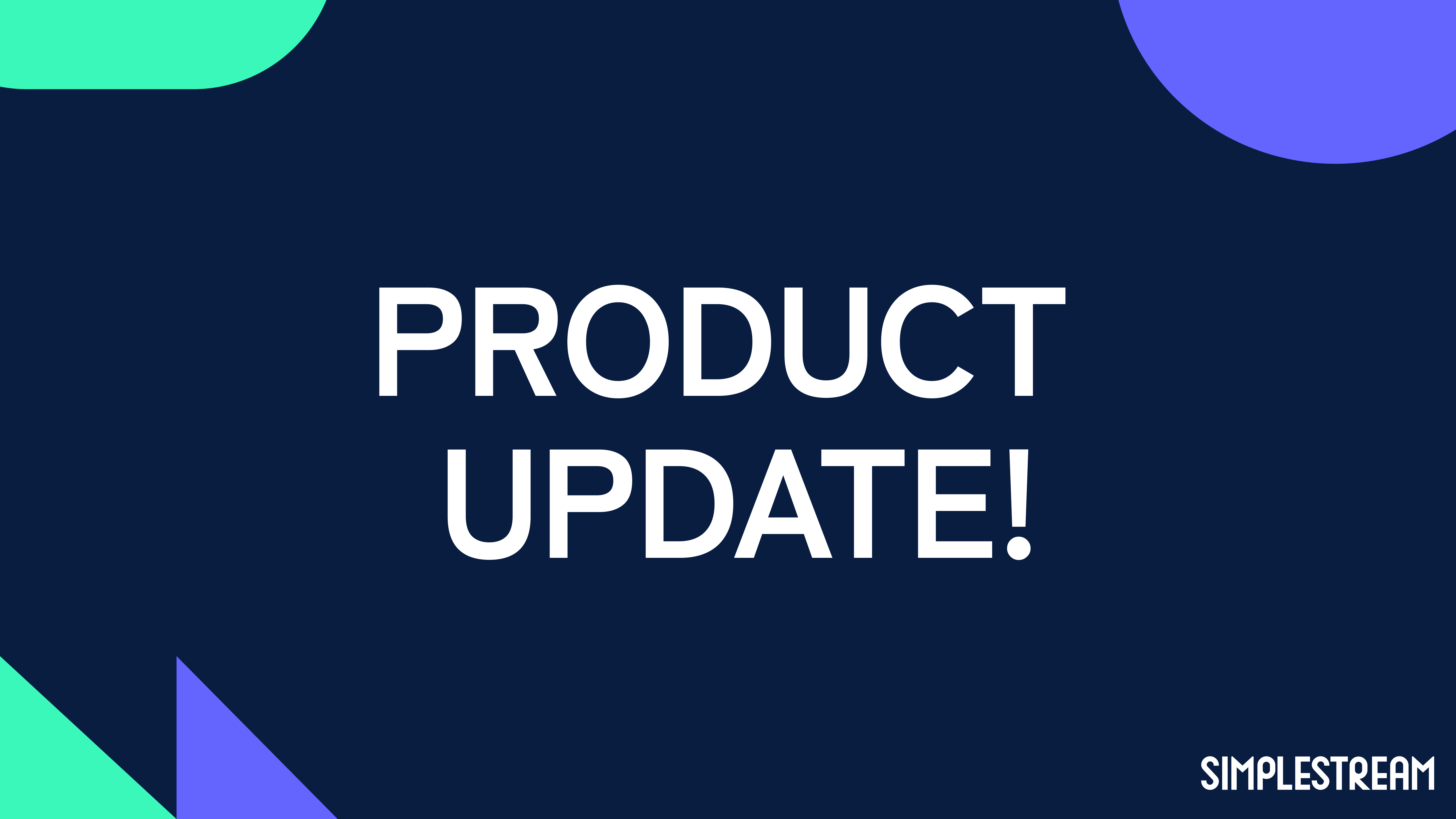Livestream failovers: why are they so important?
Delivering a flawless livestream experience is an intricate task that involves navigating through various technical hoops. Learn why livestream failovers are key to success.
Since the outbreak of the Covid-19 pandemic, the world saw a prolific rise of brands transforming their content into livestream experiences in an attempt to connect with nearly 1 billion consumers restricted to the confines of their home. Live music concerts were re-imagined as online experiences, and fashion brands harnessed the power of Zoom's built-in livestream feature to launch shoppable events that showcased new products to compensate for the declined footfall of their closed retail stores. In particular, 24% of US internet users aged 16 to 64 began watching more livestreams during the first few months of lockdowns.
Fast forward to 2023, the concept of livestream channels is popular as ever, as even small brands can earn £50,000 worth of sales from a 2-hour TikTok Shop Livestream.
The challenge of livestreams
Delivering a flawless livestream experience is an intricate task that involves navigating through various technical hoops. A plethora of tech-related factors arise, impacting the overall quality of the stream and putting a major dent in a brand’s earning potential.
Some of these influential elements encompass the following:
📶 Bandwidth issues can cause delays for viewers which stem from an unreliable internet source that is not secure.
🔇 Inconsistent streaming quality is a common pain for consumers which presents itself in the form of visual or audio lags.
⏯️ Playback delays, such as excessive buffering and never-ending loading durations.
The typical industry solution to preventing the above challenges is setting up a robust failover system that automatically switches to a healthy livestream if live playback quality begins to deteriorate. In 2020 we partnered with Channel 4 to create and deliver a dedicated web OTT platform that allowed a third of the UK population to stream over 325 sporting events during the Tokyo Paralympics. A key component of this successful project was to embed a total of 12 failovers that guaranteed a seamless viewing experience for all.

Why are failovers so important for businesses?
Data suggests that negative word-of-mouth causes 21% of people to lose trust in a brand. This echoes the fact that a poor livestream experience is more than likely to have a lasting knock-on effect to both a company’s reputation and revenue streams. To give you an idea, in 2021 a US-based company charged 70,000 viewers $50 each to watch the live marriage of two famous youtubers, Jake Paul and Tana Mongeau. However, after a 4-hour delay and poor playback quality that was ridden with glitches, it was reported that Google and Apple issued refunds to paying viewers.
With such an extreme use case in mind, it’s safe to say that the pay-per-view (PPV) revenue earned from this event was flushed down the pan. Equally, this shines a light on how the importance of fool-proofing your livestream with a robust failover system is in the best interest of any content provider and operator in the streaming space. Especially when looking to grow its customer base.


